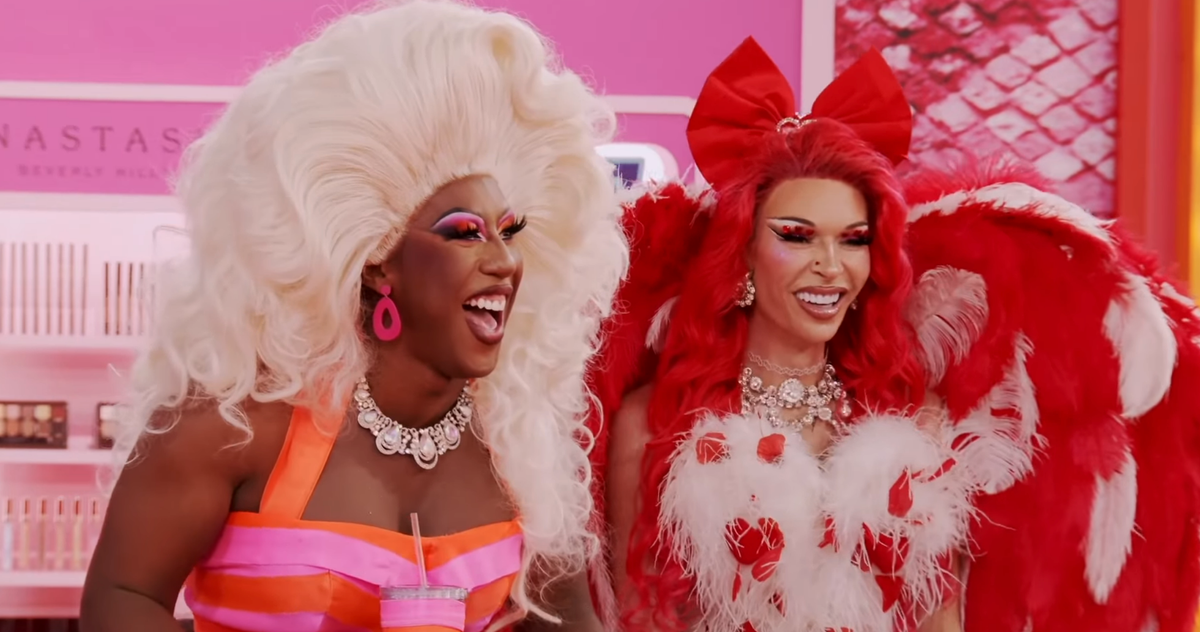Fashion
Barclays says lipstick effect still key for consumers, but fashion is struggling

Published
January 1, 2025
Barclays has released UK data looking back at 2024 and in a fairly extensive release, perhaps the key point is that while clothing stores’ transaction volumes grew 3%, spend growth was nowhere to be seen with spend down 0.2%.
The news was even worse for discount stores where transaction volumes fell 8.3% and spend dropped 6.3%. Department stores had slightly better news with transaction volumes up 4.6% and spend rising 1.4%. And for general retailers/catalogues, the figures were +3.5% and +3.9%, respectively.
Specialist retailers saw transaction volumes falling 0.2% but spend up 1.3%. That divided into the pharmacy, health & beauty sector with 2.1% higher transaction volumes and a 7.1% increase in spend. But sports/outdoor had a tough time with those figures being down 5.6% and 4.8%, respectively.
Barclays said the ‘lipstick effect’ drove spending at pharmacy, health & beauty stores with beauty spenders each forking out £291 on average throughout the year.
Overall consumer card spending increased 1.6% year-on-year in 2024 – noticeably lower than 2023’s 4.1% growth – as Britons limited food & drink and ‘big ticket’ purchases, and “prioritised spending on affordable treats and experiences that bring them joy”, hence the importance of the lipstick effect last year.
The company highlighted a “treat yourself” attitude in 2024. Nearly half (46%) of Britons said they prioritise spending on small, affordable, mood-boosting luxuries such as pastries and cosmetics, even while tightening budgets.
In good news for consumers’ wallets but bad news for the fashion sector, Britons found “creative ways to save”. They may be feeling a bit better about their finances but they’re still very cautious and 23% said they’ve participated in or would consider participating in a ‘no-spend’ challenge. This involves refraining from making non-essential purchases, including clothes.
Also perhaps bad news for both fashion and beauty is that many entertainment activities are either taking place at home (with TV streaming a big deal) or in scenarios where dressing up to be seen isn’t the key priority (crowded concert venues, for instance).
But socialising at pubs, bars and clubs is still important to Britons, although the sector recorded only a modest 3.6% year-on-year increase. That was fuelled by a summer of sport so may not be repeated in 2025.
What should be repeated though is plenty of holiday-linked spending. Travel sector spend was up 6.9% in 2024, although well below the 15.2% in 2023 when pent-up post-Covid spending was key. Some 28% of consumers have already booked a getaway for 2025, so that should spur them to invest in new clothing, shoes, accessories and beauty items.
Copyright © 2025 FashionNetwork.com All rights reserved.









